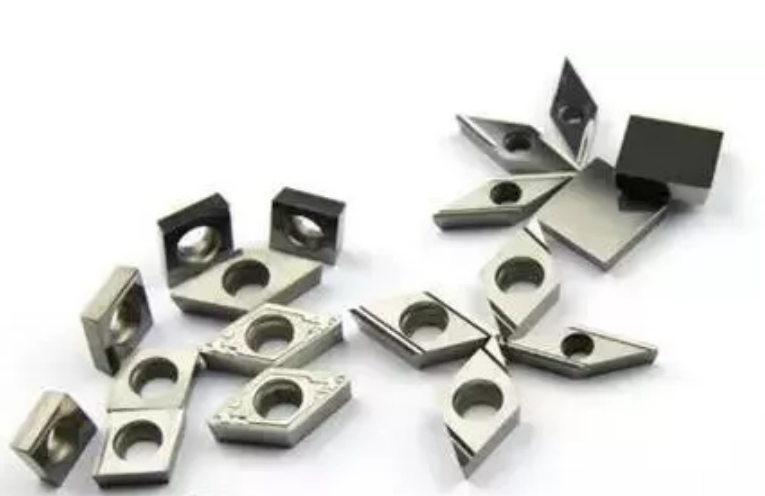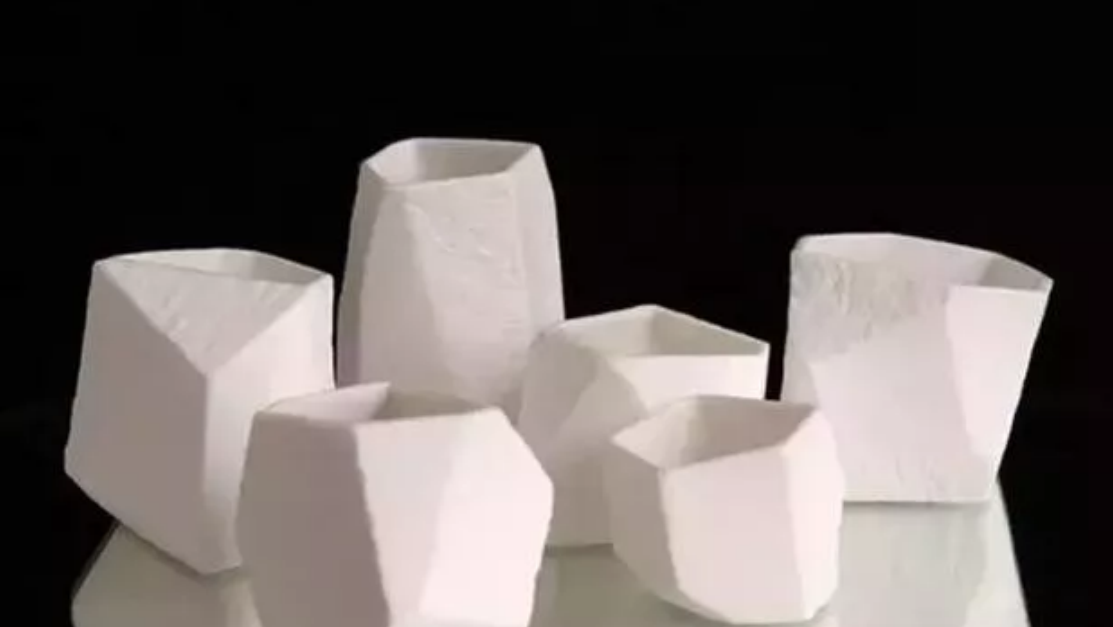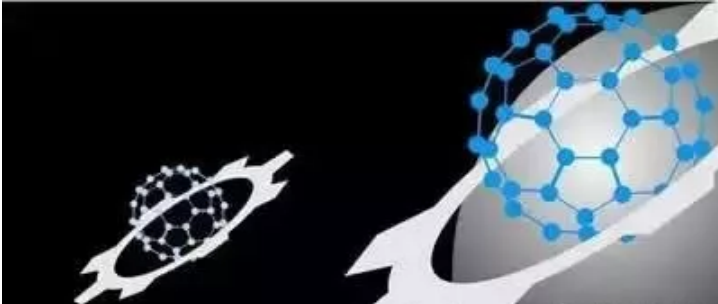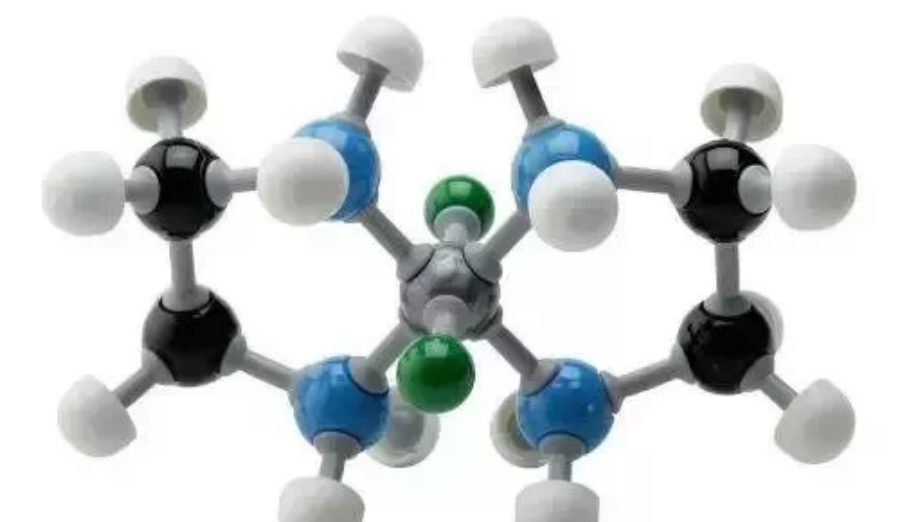What is the influence of rare earth oxides in ceramic coatings?
Ceramics, metal materials and polymer materials are listed as the three major solid materials. Ceramic has many excellent properties, such as high temperature resistance, corrosion resistance, wear resistance, etc., because the atomic bonding mode of ceramic is ionic bond, covalent bond or mixed ion-covalent bond with high bond energy. Ceramic coating can change the appearance, structure and performance of the outer surface of the substrate,Coating-substrate composite is favored for its new performance. It can organically combine the original characteristics of substrate with the characteristics of high temperature resistance, high wear resistance and high corrosion resistance of ceramic materials, and give full play to the comprehensive advantages of the two kinds of materials, so it is widely used in aerospace, aviation, national defense, chemical industry and other industries.

Rare earth is called the “treasure house” of new materials, because of its unique 4f electronic structure and physical and chemical properties. However, pure rare earth metals are rarely used directly in research, and rare earth compounds are mostly used. The most common compounds are CeO2, La2O3, Y2O3, LaF3, CeF, CeS and rare earth ferrosilicon.These rare earth compounds can improve the structure and properties of ceramic materials and ceramic coatings.
I application of rare earth oxides in ceramic materials
Adding rare earth elements as stabilizers and sintering AIDS to different ceramics can reduce the sintering temperature, improve the strength and toughness of some structural ceramics, and thus reduce the production cost. At the same time, rare earth elements also play a very important role in semiconductor gas sensors, microwave media, piezoelectric ceramics and other functional ceramics. The research found that,Adding two or more rare earth oxides to alumina ceramics together is better than adding a single rare earth oxide to alumina ceramics. After optimization test, Y2O3+CeO2 has the best effect. When 0.2%Y2O3+0.2%CeO2 is added at 1490℃, the relative density of sintered samples can reach 96.2%, which exceeds the density of samples with any rare earth oxide Y2O3 or CeO2 alone.
The effect of La2O3+Y2O3, Sm2O3+La2O3 in promoting sintering is better than that of adding only La2O3, and the wear resistance is obviously improved. It also shows that the mixing of two rare earth oxides is not a simple addition, but there is an interaction between them, which is more beneficial to the sintering and performance improvement of alumina ceramics, but the principle remains to be studied.

In addition, it is found that the addition of mixed rare earth metal oxides as sintering AIDS can improve the migration of materials, promote the sintering of MgO ceramics and improve the density. However, when the content of mixed metal oxide is more than 15%, the relative density decreases and the open porosity increases.
Second, the influence of rare earth oxides on the properties of ceramic coatings
Existing research shows that rare earth elements can refine the grain size, increase the density, improve the microstructure and purify the interface. It plays a unique role in improving the strength, toughness, hardness, wear resistance and corrosion resistance of ceramic coatings, which improves the performance of ceramic coatings to a certain extent and broadens the application range of ceramic coatings.
1
Improvement of mechanical properties of ceramic coatings by rare earth oxides
Rare earth oxides can significantly improve the hardness, bending strength and tensile bonding strength of ceramic coatings. The experimental results show that the tensile strength of the coating can be effectively improved by using Lao _ 2 as additive in Al2O3+3% TiO _ 2 material, and the tensile bond strength can reach 27.36MPa when the amount of Lao _ 2 is 6.0%. Adding CeO2 with mass fraction of 3.0% and 6.0% into Cr2O3 material,The tensile bonding strength of the coating is between 18~25MPa, which is greater than the original 12~16MPa However, when the content of CeO2 is 9.0%, the tensile bond strength decreases to 12~15MPa.
2
Improvement of thermal shock resistance of ceramic coating by rare earth
Thermal shock resistance test is an important test to qualitatively reflect the bonding strength between coating and substrate and the matching of thermal expansion coefficient between coating and substrate. It directly reflects the ability of coating to resist peeling when the temperature changes alternately during use, and also reflects the ability of coating to resist mechanical shock fatigue and bonding ability with substrate from the side.Therefore, it is also the key factor to judge the quality of ceramic coating.

The research shows that the addition of 3.0%CeO2 can reduce the porosity and pore size in the coating, and reduce the stress concentration at the edge of pores, thus improving the thermal shock resistance of Cr2O3 coating. However, the porosity of Al2O3 ceramic coating decreased, and the bonding strength and thermal shock failure life of the coating increased obviously after adding LaO2. When the addition amount of LaO2 is 6% (mass fraction),The thermal shock resistance of the coating is the best, and the thermal shock failure life can reach 218 times, while the thermal shock failure life of the coating without LaO2 is only 163 times.
3
Rare earth oxides affect the wear resistance of coatings
The rare earth oxides used to improve the wear resistance of ceramic coatings are mostly CeO2 and La2O3. Their hexagonal layered structure can show good lubrication function and maintain stable chemical properties at high temperature, which can effectively improve the wear resistance and reduce the friction coefficient.

The research shows that the friction coefficient of the coating with proper amount of CeO2 is small and stable. It has been reported that adding La2O3 to plasma sprayed nickel-based cermet coating can obviously reduce friction wear and friction coefficient of coating, and the friction coefficient is stable with little fluctuation. The wear surface of cladding layer without rare earth shows serious adhesion and brittle fracture and spalling,However, the coating containing rare earth shows weak adhesion on the worn surface, and there is no sign of large-area brittle spalling. The microstructure of rare earth-doped coating is denser and more compact, and the pores are reduced, which reduces the average friction force borne by microscopic particles and reduces friction and wear Doping rare earth can also increase the crystal plane distance of cermets,It leads to the change of the interaction force between the two crystal faces and reduces the friction coefficient.
Summary:
Although rare earth oxides have made great achievements in the application of ceramic materials and coatings, which can effectively improve the microstructure and mechanical properties of ceramic materials and coatings, there are still many unknown properties, especially in reducing friction and wear.How to make the strength and wear resistance of materials cooperate with their lubricating properties has become an important direction worthy of discussion in the field of tribology.
Tel: +86-21-20970332 Email:info@shxlchem.com
Post time: Jul-04-2022